HSBC 2010 Annual Report Download - page 93
Download and view the complete annual report
Please find page 93 of the 2010 HSBC annual report below. You can navigate through the pages in the report by either clicking on the pages listed below, or by using the keyword search tool below to find specific information within the annual report.-
 1
1 -
 2
2 -
 3
3 -
 4
4 -
 5
5 -
 6
6 -
 7
7 -
 8
8 -
 9
9 -
 10
10 -
 11
11 -
 12
12 -
 13
13 -
 14
14 -
 15
15 -
 16
16 -
 17
17 -
 18
18 -
 19
19 -
 20
20 -
 21
21 -
 22
22 -
 23
23 -
 24
24 -
 25
25 -
 26
26 -
 27
27 -
 28
28 -
 29
29 -
 30
30 -
 31
31 -
 32
32 -
 33
33 -
 34
34 -
 35
35 -
 36
36 -
 37
37 -
 38
38 -
 39
39 -
 40
40 -
 41
41 -
 42
42 -
 43
43 -
 44
44 -
 45
45 -
 46
46 -
 47
47 -
 48
48 -
 49
49 -
 50
50 -
 51
51 -
 52
52 -
 53
53 -
 54
54 -
 55
55 -
 56
56 -
 57
57 -
 58
58 -
 59
59 -
 60
60 -
 61
61 -
 62
62 -
 63
63 -
 64
64 -
 65
65 -
 66
66 -
 67
67 -
 68
68 -
 69
69 -
 70
70 -
 71
71 -
 72
72 -
 73
73 -
 74
74 -
 75
75 -
 76
76 -
 77
77 -
 78
78 -
 79
79 -
 80
80 -
 81
81 -
 82
82 -
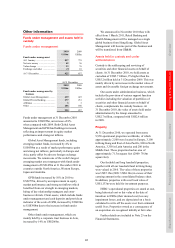 83
83 -
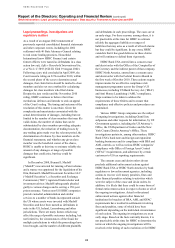 84
84 -
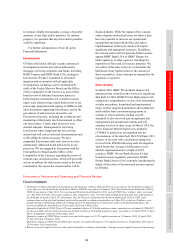 85
85 -
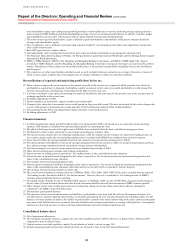 86
86 -
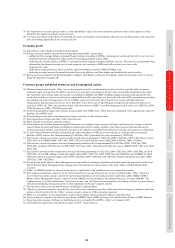 87
87 -
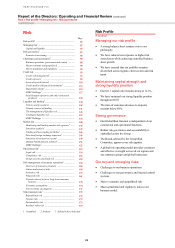 88
88 -
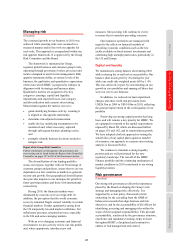 89
89 -
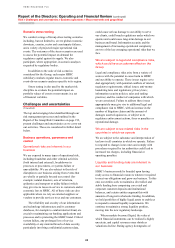 90
90 -
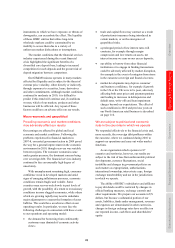 91
91 -
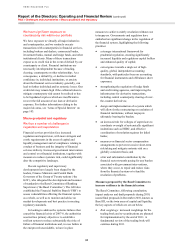 92
92 -
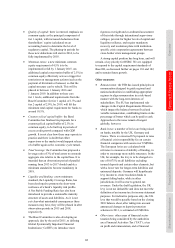 93
93 -
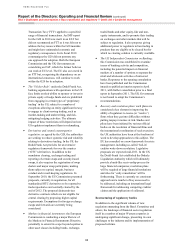 94
94 -
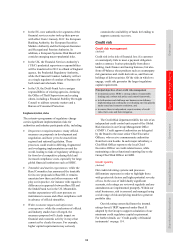 95
95 -
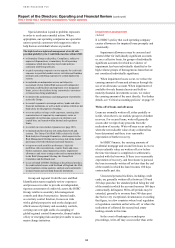 96
96 -
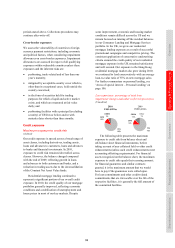 97
97 -
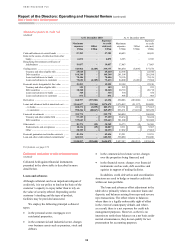 98
98 -
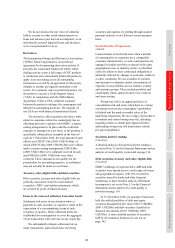 99
99 -
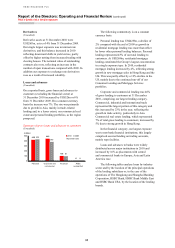 100
100 -
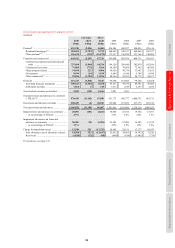 101
101 -
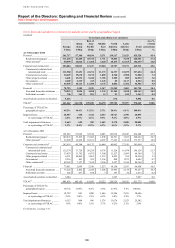 102
102 -
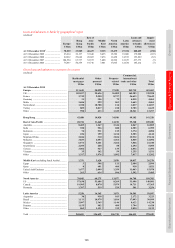 103
103 -
 104
104 -
 105
105 -
 106
106 -
 107
107 -
 108
108 -
 109
109 -
 110
110 -
 111
111 -
 112
112 -
 113
113 -
 114
114 -
 115
115 -
 116
116 -
 117
117 -
 118
118 -
 119
119 -
 120
120 -
 121
121 -
 122
122 -
 123
123 -
 124
124 -
 125
125 -
 126
126 -
 127
127 -
 128
128 -
 129
129 -
 130
130 -
 131
131 -
 132
132 -
 133
133 -
 134
134 -
 135
135 -
 136
136 -
 137
137 -
 138
138 -
 139
139 -
 140
140 -
 141
141 -
 142
142 -
 143
143 -
 144
144 -
 145
145 -
 146
146 -
 147
147 -
 148
148 -
 149
149 -
 150
150 -
 151
151 -
 152
152 -
 153
153 -
 154
154 -
 155
155 -
 156
156 -
 157
157 -
 158
158 -
 159
159 -
 160
160 -
 161
161 -
 162
162 -
 163
163 -
 164
164 -
 165
165 -
 166
166 -
 167
167 -
 168
168 -
 169
169 -
 170
170 -
 171
171 -
 172
172 -
 173
173 -
 174
174 -
 175
175 -
 176
176 -
 177
177 -
 178
178 -
 179
179 -
 180
180 -
 181
181 -
 182
182 -
 183
183 -
 184
184 -
 185
185 -
 186
186 -
 187
187 -
 188
188 -
 189
189 -
 190
190 -
 191
191 -
 192
192 -
 193
193 -
 194
194 -
 195
195 -
 196
196 -
 197
197 -
 198
198 -
 199
199 -
 200
200 -
 201
201 -
 202
202 -
 203
203 -
 204
204 -
 205
205 -
 206
206 -
 207
207 -
 208
208 -
 209
209 -
 210
210 -
 211
211 -
 212
212 -
 213
213 -
 214
214 -
 215
215 -
 216
216 -
 217
217 -
 218
218 -
 219
219 -
 220
220 -
 221
221 -
 222
222 -
 223
223 -
 224
224 -
 225
225 -
 226
226 -
 227
227 -
 228
228 -
 229
229 -
 230
230 -
 231
231 -
 232
232 -
 233
233 -
 234
234 -
 235
235 -
 236
236 -
 237
237 -
 238
238 -
 239
239 -
 240
240 -
 241
241 -
 242
242 -
 243
243 -
 244
244 -
 245
245 -
 246
246 -
 247
247 -
 248
248 -
 249
249 -
 250
250 -
 251
251 -
 252
252 -
 253
253 -
 254
254 -
 255
255 -
 256
256 -
 257
257 -
 258
258 -
 259
259 -
 260
260 -
 261
261 -
 262
262 -
 263
263 -
 264
264 -
 265
265 -
 266
266 -
 267
267 -
 268
268 -
 269
269 -
 270
270 -
 271
271 -
 272
272 -
 273
273 -
 274
274 -
 275
275 -
 276
276 -
 277
277 -
 278
278 -
 279
279 -
 280
280 -
 281
281 -
 282
282 -
 283
283 -
 284
284 -
 285
285 -
 286
286 -
 287
287 -
 288
288 -
 289
289 -
 290
290 -
 291
291 -
 292
292 -
 293
293 -
 294
294 -
 295
295 -
 296
296 -
 297
297 -
 298
298 -
 299
299 -
 300
300 -
 301
301 -
 302
302 -
 303
303 -
 304
304 -
 305
305 -
 306
306 -
 307
307 -
 308
308 -
 309
309 -
 310
310 -
 311
311 -
 312
312 -
 313
313 -
 314
314 -
 315
315 -
 316
316 -
 317
317 -
 318
318 -
 319
319 -
 320
320 -
 321
321 -
 322
322 -
 323
323 -
 324
324 -
 325
325 -
 326
326 -
 327
327 -
 328
328 -
 329
329 -
 330
330 -
 331
331 -
 332
332 -
 333
333 -
 334
334 -
 335
335 -
 336
336 -
 337
337 -
 338
338 -
 339
339 -
 340
340 -
 341
341 -
 342
342 -
 343
343 -
 344
344 -
 345
345 -
 346
346 -
 347
347 -
 348
348 -
 349
349 -
 350
350 -
 351
351 -
 352
352 -
 353
353 -
 354
354 -
 355
355 -
 356
356 -
 357
357 -
 358
358 -
 359
359 -
 360
360 -
 361
361 -
 362
362 -
 363
363 -
 364
364 -
 365
365 -
 366
366 -
 367
367 -
 368
368 -
 369
369 -
 370
370 -
 371
371 -
 372
372 -
 373
373 -
 374
374 -
 375
375 -
 376
376 -
 377
377 -
 378
378 -
 379
379 -
 380
380 -
 381
381 -
 382
382 -
 383
383 -
 384
384 -
 385
385 -
 386
386 -
 387
387 -
 388
388 -
 389
389 -
 390
390 -
 391
391 -
 392
392 -
 393
393 -
 394
394 -
 395
395 -
 396
396
 |
 |

91
Overview Operating & Financial Review Governance Financial Statements Shareholder Information
• Quality of capital: there is renewed emphasis on
common equity as the principal component of
tier 1 capital, with increased deductions from
shareholders’ equity (calculated on an
accounting basis) to determine the level of
regulatory capital. The phasing-in periods for
these new deductions will start in 2014, to be
fully implemented by 2018.
• Minimum ratios: a new minimum common
equity requirement of 4.5% is to be
implemented in full by 1 January 2015. An
additional capital conservation buffer of 2.5% in
common equity effectively acts as a trigger for
restrictions on management actions (such as the
payment of dividends or bonuses) so that the
capital structure can be rebuilt. This will be
phased in between 1 January 2016 and
1 January 2019. In addition to these core
tier 1 levels, additional requirements from the
Basel Committee for tier 1 capital of 1.5% and
tier 2 capital of 2.0%, by 2019, will lift the
minimum total capital requirement for banks to
around 10.5%.
• Countercyclical capital buffer: the Basel
Committee has finalised its proposals for a
countercyclical capital buffer of 2.5% in
common equity, to be built up in periods of
excess credit growth compared with GDP
growth. It is not clear how these may operate in
practice and there is doubt that either
supervisors or the market would support release
of a buffer again as the economic cycle turned.
• Total leverage: the Committee has proposed a
leverage ratio of 3% of total assets to constrain
aggregate size relative to the capital base. It is
intended that an observation period of parallel
running from 2013 to 2017 should enable a
minimum standard to become mandatory in
2018.
• Liquidity and funding: a new minimum
standard, the Liquidity Coverage Ratio, has
been developed to promote the short-term
resilience of a bank’s liquidity risk profile.
A Net Stable Funding Ratio has also been
introduced to provide a sustainable maturity
structure of assets and liabilities. As it is not
yet clear what unintended consequences these
measures may have, they will be phased in after
observation periods in 2015 and 2018,
respectively.
• The Basel Committee is also developing an
approach, due by the end of 2011, to defining
Global Systemically Important Financial
Institutions (‘G-SIFI’s) to introduce more
rigorous oversight and co-ordinated assessment
of their risks through international supervisory
colleges, provide for higher levels of capital and
liquidity resilience, and require mandatory
recovery and resolution plans with institution-
specific crisis cooperation agreements between
cross-border crisis management groups.
A strong capital position has long been, and will
remain, a key priority for HSBC. We are equipped
to respond to the capital requirement standards of
Basel III, as discussed further on pages 181 and 182,
and to sustain future growth.
Other measures
• Remuneration: the FSB has issued principles on
remuneration designed to guide regional and
national authorities in establishing appropriate
regimes to align remuneration in a risk-based
manner with the long-term interests of
stakeholders. The EU has implemented rule
changes in the Capital Requirements Directive
which impact the balance between fixed and
variable remuneration, establishing limits on the
percentage of bonus which can be paid in cash.
Approaches to the issue remain divergent
globally, however.
• Bank levies: a number of levies are being raised
on banks, notably by the UK, Germany and
France. There is a renewed US proposal to raise
a financial crisis responsibility fee on certain
financial companies with assets over US$50bn.
The European levies are calculated with
reference to measures of stability of funding, in
order to encourage more stable structures. In the
UK, for example, the levy is to be charged at a
rate of 0.075% on all liabilities excluding
insured deposits and certain other elements, but
with a lower rate for longer-term liabilities and
uninsured deposits. Germany will hypothecate
levy income to create resolution funds to
support failing banks, while in other
jurisdictions it will accrue to general tax
revenues. Under the draft legislation, the UK
levy is not tax deductible and does not meet the
definition of an income tax for income statement
purposes. For indicative purposes only, the UK
levy that would be payable based on the closing
2010 balance sheet, after taking into account
announced changes to deposit protection
schemes in 2011, is estimated at US$0.6bn.
• Other taxes: other areas of financial sector
taxation being considered by the authorities
are a Financial Activities Tax (‘FAT’), a tax
on profit and remuneration, and a Financial
